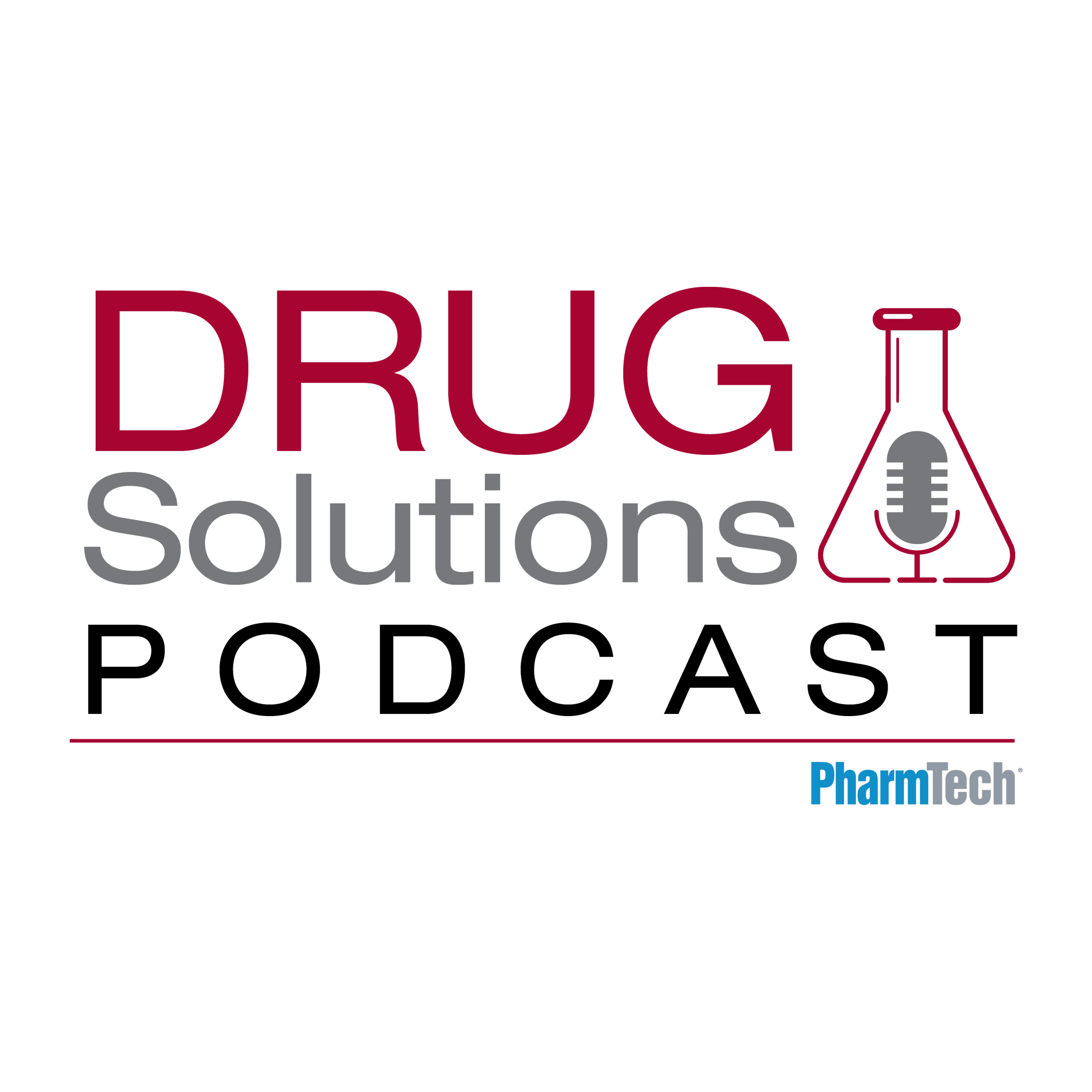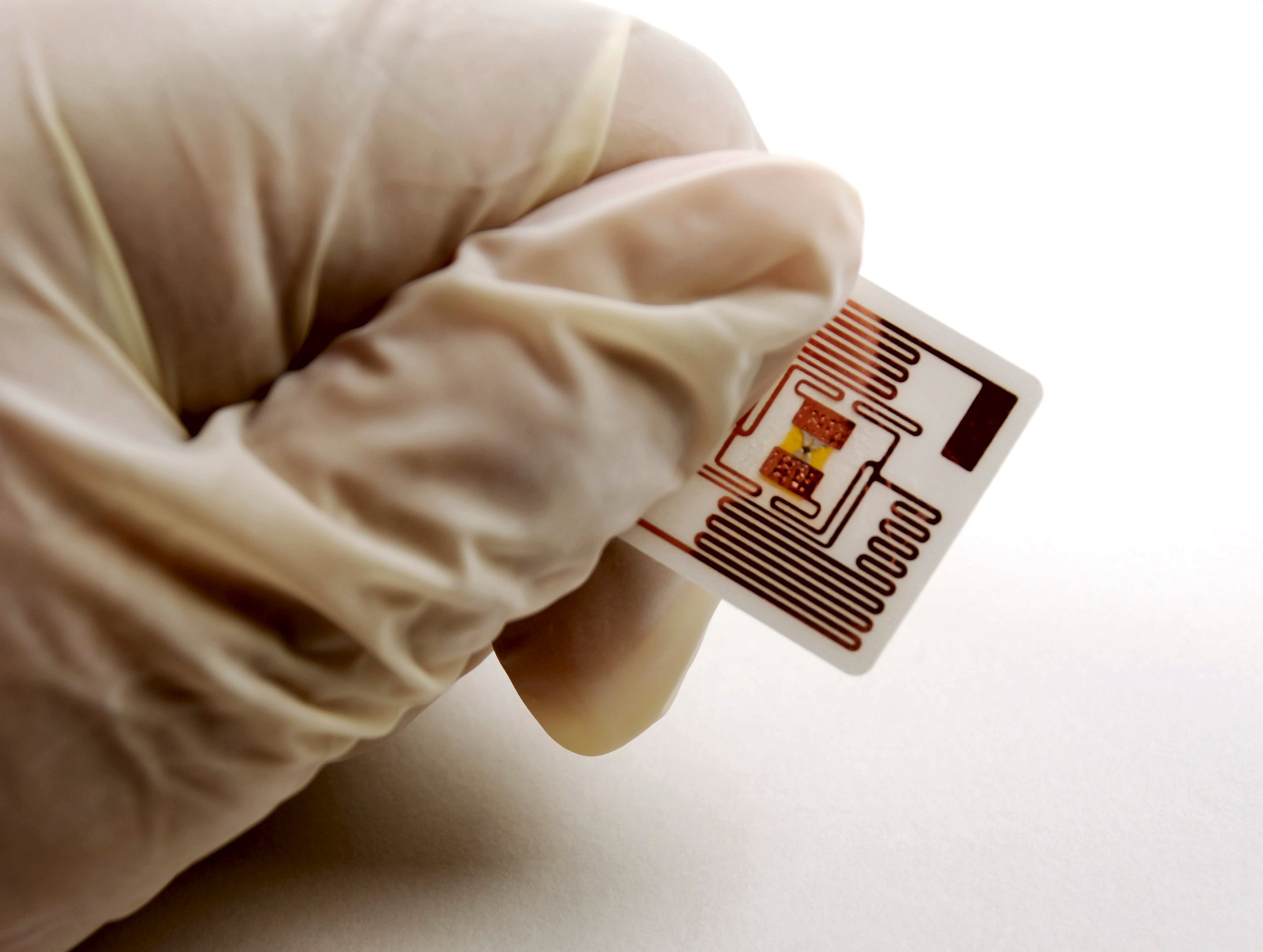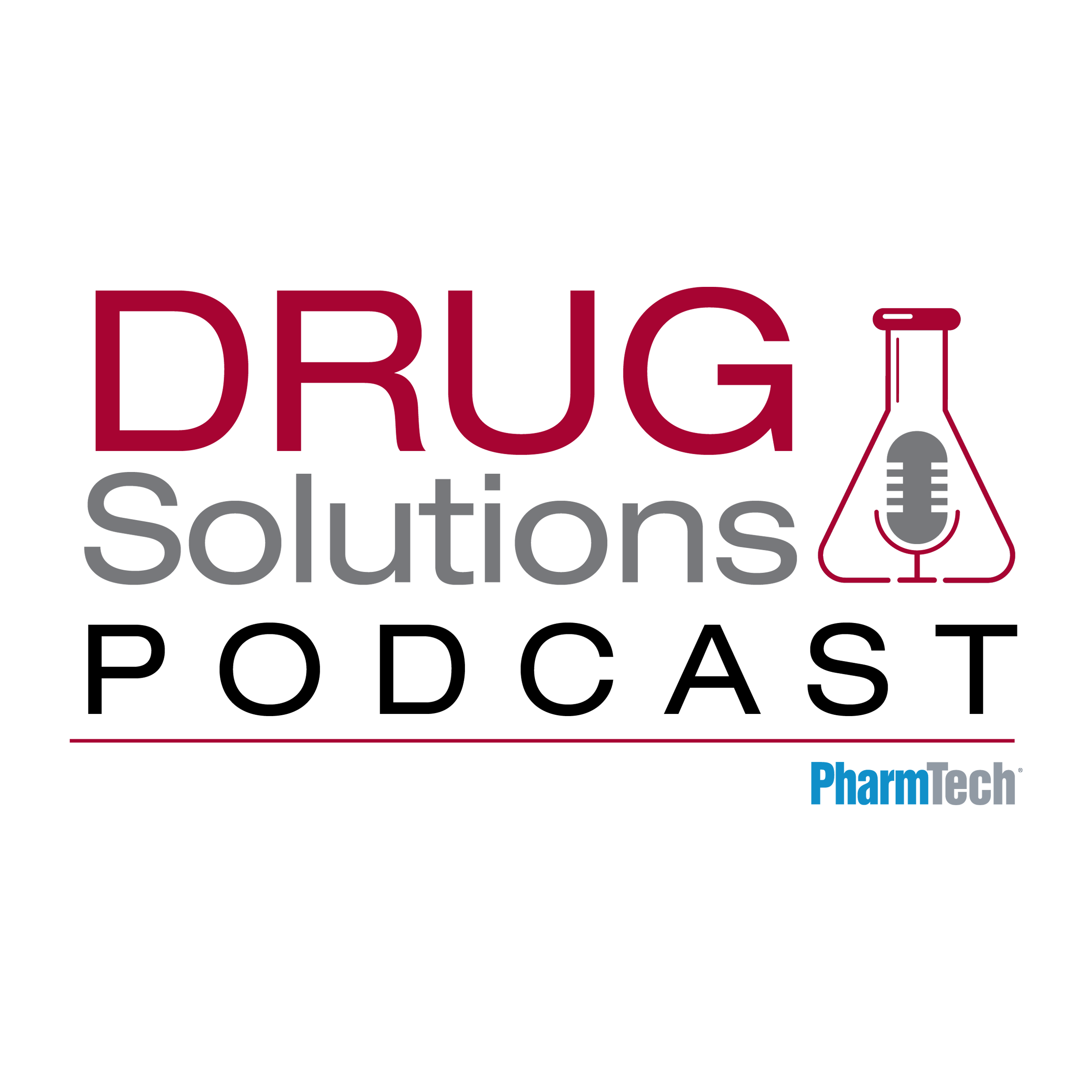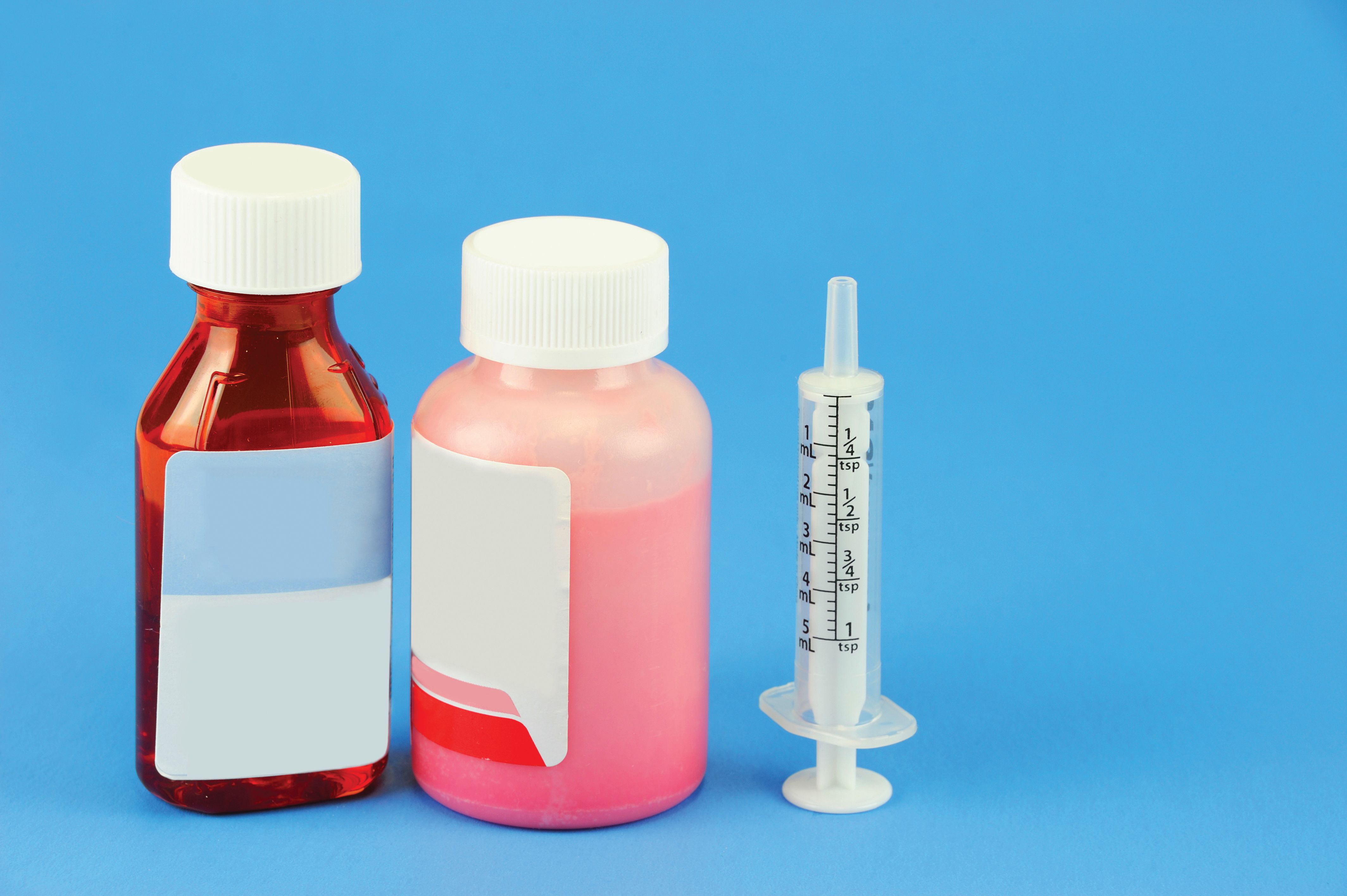News
Article
Pharmaceutical Technology
Focusing on the Last Link
Author(s):
As counterfeiting, API manufacturing issues, and illegal diversion increase vulnerability, could dispensers and even patients play a greater role in securing the pharma supply chain?
zoommachine/Shutterstock.com

Few global supply chains are as complex and fragmented as the pharmaceutical supply chain. Medicines flow, not only between manufacturers and a huge number of distributors, but between pharmacies and hospitals, and from manufacturers to pharmacies (1). Adding to that complexity is the challenge of ensuring that the quality of active ingredients and raw materials used to make finished drug products, most of which are made outside the United States and Europe.
As a result, the world’s consumers are increasingly vulnerable to fake, substandard, and illegally diverted medicines. A number of reminders have underscored that vulnerability.
In November 2017, the World Health Organization (WHO) issued new statistics on the impact of drug counterfeiting and substandard manufacturing, based on estimates from its Global Surveillance and Monitoring effort, which began in 2013 (2). According to WHO, one in 10 pharmaceuticals currently sold in developing nations is either fake or substandard. Based on modeling studies, WHO reported, each year, 72,000 to 169,000 children may die from pneumonia and another 64,000 to 158,000 in sub-Saharan Africa alone may die from malaria. Extrapolating these numbers beyond these two types of therapies, and that one region, suggests the enormity of the problem.
In July 2018, in the US, lots of the hypertension and heart failure treatment, valsartan (3), were recalled after the carcinogen N-nitrosodimethylamine was found in product manufactured by an API supplier in China. As a result, six manufacturers that used the API voluntarily recalled some medications containing the ingredient, and the recall’s scope was gradually extended to include additional medications. In August 2018, FDA issued suggested methods for using gas chromatography to detect the contaminant (4).
In July 2018, the Pharmaceutical Security Institute (PSI) released results of its study (5) on pharmaceutical supply chain crime. “Globally, in 2017, we saw the highest number of pharmaceutical crime incidents ever documented,” says PSI director Tom Kubic. As in previous years, Kubic noted, illegal diversion, including the movement of unapproved medicines from overseas into more developed markets, was up by 14%, while counterfeiting was up by 7%. In addition, he notes, more than 1500 different types of medications were counterfeited, diverted, or stolen, up by 21%. “Traffickers are targeting more expensive therapies,” Kubic says.
Pharmaceutical manufacturers are moving forward with serialization and aggregation efforts. They are also sharing more data (e.g., laboratory test data on samples bought from illegal online pharmacies) with law enforcement agencies, which Kubic sees as an important and positive development.
Even as these efforts progress, however, those at the very end of the pharma supply chain remain at risk. David Aguero, manager of medication systems and informatics at St. Jude’s Children’s Hospital in Memphis, TN, provided some insights at a June 2018 conference on serialization innovation sponsored by the technology provider, Adents (6). The hospital had begun stocking a specific transdermal medication patch, the latest version of which looked quite different from what its pharmacists were used to seeing. A pharmacist alerted him, and concerted efforts began to trace the source of product and specific changes.
Despite careful recordkeeping and documentation, considering the fact that 14,000 pharmaceutical products are in use at the hospital’s pharmacies, authentication proved to be a major challenge. In the end, Aguero said, it took one month to figure out where the patch was coming from.
Obstacles to a secure supply chain
Among pharma’s top supply chain problems, observers say, are lax penalties for those caught counterfeiting or selling diverted materials. “Only a few countries in the world have ratified the Medicrime convention, which calls for jail time for counterfeiting,” notes Richard Bergström, external Pharma lead for SICPA SA, a privately-owned Swiss company whose inks are used for global currency and anticounterfeiting. The company has since diversified into other areas including overt and covert anticounterfeiting technology, including packaging and taggants.
“Criminality is product agnostic, whether you are trafficking in purses, people, or medicines,” Bergström says. “And at this point, one can still send two packages of drugs worth over $10,000 each into the supply chain without tracking them.”
PSI has seen a trend continue in which higher priced medications are increasingly being counterfeited, diverted, and trafficked into developed nations, Kubic says, where, in developing nations, generic antimalarials and antibiotics remain the focus.
Other fundamental challenges are the vastness, profitability, and fragmentation within pharma distribution, particularly in developing nations, says Bergström. He cites statistics from a 2016 report by the World Bank’s financing arm, the International Finance Corporation (IFC) (7). “If the global pharma market is worth a trillion dollars, the total markup in world distribution is easily worth another trillion, and two thirds of that business occurs in emerging markets,” he says.
“The US is extremely efficient at distribution, and Europe is also efficient. So where is the rest of the money going?” he asks. The IFC expects solutions to the pharmaceutical diversion problem to come from private companies, Bergström says.
SICPA has been working with global governments on serialization programs for alcohol and tobacco products, and Bergström notes that these efforts are well established. African nations have control over these supply chains, he says, while they continue to struggle with pharmaceutical couterfeiting.
Technology promises to create transparency in the supply chain, and to help pharma overcome some criticism that it does not permit global access to drugs. Despite public outcry over drug prices, some manufacturers have reduced costs significantly in developing nations to increase access, he says. These initiatives have often gotten bogged down in the distribution chain, and failed. “Remove the middlemen, and improved global drug access can happen,” he notes.
Lasting results needed
Law enforcement has scored some recent victories in improving pharmaceutical supply chain security. In 2017, PSI saw a step-up in enforcement efforts, with a 10% increase in pharmaceutical supply-chain criminal arrests throughout the world.
Although the International Criminal Police Organization’s (INTERPOL’s) major anticounterfeiting effort, Pangea, will not start until the autumn of 2018, Kubic notes, enforcement efforts have been making a dent, especially in Europe, China, and Latin America. However, Kubic notes, discussions are underway about how to improve the impact of enforcement efforts. For instance, in 2018, concerted enforcement efforts shut down the illegal website, canadadrugs.com (8). Kubic wonders how lasting the results will be. In some previous cases, he notes, including one involving online sales of fraudulent Norvasc high-blood-pressure treatments, the individual behind the websites that were shut down is once again actively involved in the illegal online pharmaceutical distribution scene.
In the US, Kubic says, FDA and the US Drug Enforcement Administration (DEA) have become more engaged in addressing illegal fentanyl manufacturing and supply, an area where illicit drug manufacturing and counterfeiting intersect. This has increasingly become a “homegrown manufacturing” problem, with imports of the finished product decreasing, and more individuals buying tablet presses and manufacturing equipment.
Efforts in serialization continue, although results have been mixed. TraceLink’s 2018 study found that only one-third of stakeholders were ready to meet requirements and that only 8% of manufacturers had integrated programs with their contract partners (9). In addition, European manufacturers remain behind the curve (10) in submitting data to central data hubs.
Bergström was director general of the International Federation of Pharmaceutical Manufacturers and Associations (EFPIA), based in Europe, from 2011 through 2017. He joined SICPA in 2017, to help direct its serialization efforts. Europe’s approach to serialization has, from the start, been different from that in the US, whose roots were in efforts by the state of Florida to develop drug pedigrees, which led to pioneering work by Big Pharma companies. “Europe’s serialization has been driven by pharma companies, wholesalers, and pharmacies, which wanted a system for all of Europe,” he says.
Costs an issue for smaller companies
He sees capital costs as an obstacle to progress with serialization. “In Europe, there are many small- to mid-sized companies, particularly in the south and east, for which even a $200,000-line investment would be difficult,” he says. Bergström also notes some fundamental IT issues. At this point, he says, most production lines are being equipped with equipment for printing and verifying barcodes. “The challenge comes with sending all the data,” he says. “Aggregation is approached differently in the US and Europe. In Europe, on paper at least, companies are expected to send a long string of numbers to a central hub. In the US, you are supposed to aggregate, to send serial numbers and aggregated format to supply-chain partners,” he explains.
The problem that pharma companies can run into in Europe, Bergström says, is that, even if they are large and have consolidated financial reporting systems, their supply-chain systems are usually maintained separately. “Often, each is also in a different type of IT environment,” he notes, “where the regulations call for reporting from one single gateway.”
Equipment-wise, many companies are ready, but data-transmission issues have made it difficult to comply; more than 22,000 companies are required to send their data but only a fraction of that number have done so so far (10).
In addition, Bergström notes, although cloud-based systems are gaining ground, many local governments want serialization data to be based locally. “There is also an unwritten requirement that services and equipment be sourced locally,” he says. “It’s not so much a technical issue, as it is a question of political perception.”
Leveraging serialization data and IT
One question for pharmaceutical manufacturers, regulators, and for governments, is how serialization data and IT might be used in the future, whether for operational excellence or other initiatives. Bergström notes that European regulators developed serialization regulations with a view to using the IT infrastructure, eventually, to help monitor drug safety and effectiveness. According to this model, patients would eventually help collect the data.
“That’s the future. If you can authenticate on top of serialization, aggregation, and traceability, you can be sure that each patient received the right drug at the right time, and then generate effectiveness data on top of that,” he says. This will become even more important as the industry moves to direct-to-patient clinical trials and into personalized therapies, he says.
In the short term, interoperable regulatory databases help improve pharma security, he says, and serialization, container tracking, and other solutions could be applied to help ensure the pedigree of APIs.
Blockchain could prove most useful, Bergström says, in establishing provenance for data, in clinical trial data management for medications and samples, and, downstream, in payment modules and monitoring patient outcomes in connection with payments, a requirement of value-based contracts.
A growing number of authentication solutions are focusing on the end of the supply chain. Taking this approach to its endpoint is Valisure, which introduced a Raman-based analytical system coupled with algorithms to address variability in medication quality. This system could detect substandard API or insufficient API loading, in branded medicines, as well as generics, which currently fill 90% of the prescriptions in the US. CEO David Light established the company after a colleague suffered side effects when he refilled a prescription and was issued a drug from the same manufacturer. The technology has received ISO 17025 accreditation, and the company, which has partnerships with leading distributors, plans to launch an online pharmacy that would use the technology to ensure that drugs meet stated content requirements. The venture would initially focus on anticonvulsants, hypertension treatments, and antidepressants.
References
1. Tracelink, “2016 Global Drug Safety and Traceability Report,” tracelink.com, May 26, 2017.
2. World Health Organization press release, “One in Ten Medical Products in Developing Countries is Fake or Substandard,” November 28, 2017, who.int
3. FDA, “FDA announces voluntary recall of several medicines containing valsartan following detection of an impurity,” fda.gov, Press Release, July 17, 2018.
4. FDA, “FDA Announces Preliminary GC/MS Headspace Method…” fda.gov, August 2018.
5. Pharma Security Institute website, psi-inc.org
6. D. Aguero, “Serialization: A Pharmacists’ Perspective,” a presentation at the Adents Serialization Innovation Summit, June 20, 2018.
7. “Private Sector Pharmaceutical Distribution and Retailing in Emerging Markets,” International Finance Corp. and Ministry of Foreign Affairs, the Netherlands, 2016.
8. “Popular Online Pharmacy Shuts Down After Selling Counterfeit Cancer Drugs,” abc7chicago.com, July 13, 2018.
9. A. Shanley, “Serialization: So Close and So Far”, pharmtech.com, April 5 2018.
10. S. Milmo, “Meeting the EU Serialization Deadline,” pharmtech.com, June 1, 2018.
11. A. Shanley, “Serialization: Scaling Down for the Final Stretch,” Pharmaceutical Technology, 42(7), p. 52-54 and 61.
Article Details
Pharmaceutical Technology
Vol. 42, No. 9
September 2018
Pages: 18–21
Citation
When referring to this article, please cite it as A. Shanley, “Focusing on the Last Link” Pharmaceutical Technology 42 (9) 2018.
Newsletter
Get the essential updates shaping the future of pharma manufacturing and compliance—subscribe today to Pharmaceutical Technology and never miss a breakthrough.






